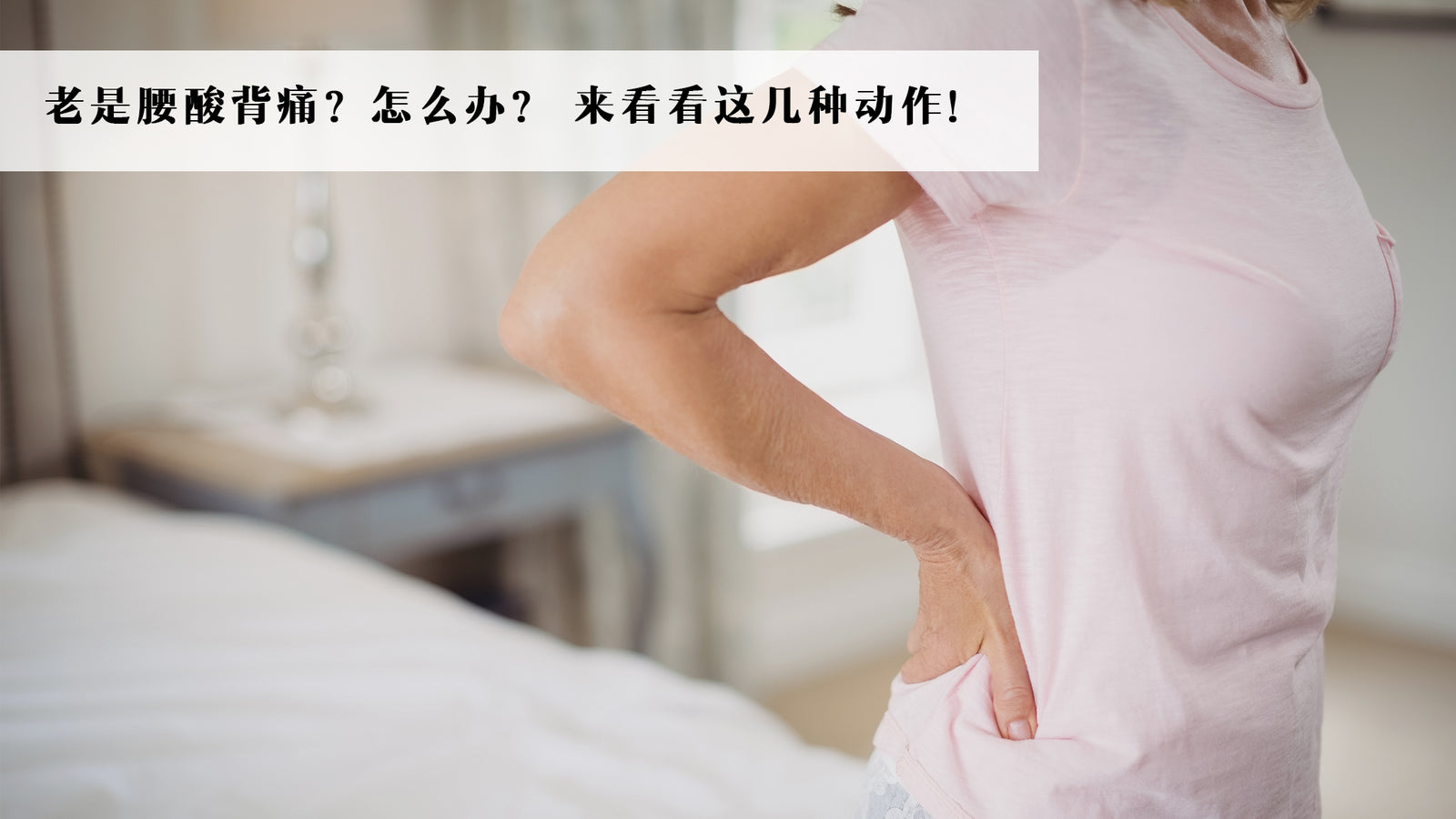Your Cart is Empty
🚛 FREE SHIPPING for order RM 120 & above
🚛 FREE SHIPPING for order RM 120 & above
🚛 FREE SHIPPING for order RM 120 & above
【不是中藥 itsherbs.com】Body Types
[不是中藥 itsherbs.com] Health Tips
【不是中藥 itsherbs.com】Media Reports • Announcement
【不是中藥 itsherbs.com】Body Types
8 major constitutions of traditional Chinese medicine
[不是中藥 itsherbs.com] Health Tips
Chinese Medicine // Wellness // Knowledge
【不是中藥 itsherbs.com】Media Reports • Announcement
Media Coverage • Announcements
3 min read
To accommodate the free movement of the human waist, the lumbar intervertebral discs deform, recover, deform again, and recover again. Over time, with severe wear and tear, they can no longer recover, leading to lumbar disc herniation.
In addition, poor posture can also accelerate wear and cause lumbar disc herniation. For example, the following types—
1. Sitting for a long time
When standing, the spine bears 100% of the pressure of the body weight;
When sitting, the spine bears 150% of the body weight;
When sitting and leaning the body forward, the spine bears 250% of the body's weight pressure. At this time, not only does the pressure increase, but different angles also compress the same lumbar vertebra, which can cause damage.
2. Excessive weight bearing and bending
During heavy physical labor, the pressure inside the lumbar intervertebral discs increases. The correct posture is to squat down with both knees, lift the heavy object with your upper arms, slowly stand up, keep the object close to your abdomen, and maintain this posture while walking.
3. Long-term exposure to cold
For example, wearing a miniskirt or a crop top exposes the waist to cold stimulation, causing the small blood vessels around the waist to constrict and the muscles to tense up, which increases the pressure inside the lumbar spine.
4.Waist obesity, pregnancy
The waist naturally carries a "swimming ring," and being under high load for a long time increases the pressure on the waist.
Prolonged sitting can cause fatigue in the lumbar muscles; exercise can increase muscle strength and prevent the occurrence of lumbar disc herniation.
Can people with lumbar disc herniation do exercise?
During the acute attack phase, physical exercise is absolutely prohibited. During partial or complete remission, appropriate physical exercise can be undertaken, but it is best to have permission from a professional doctor.
Can a herniated disc be retracted?
No. But appropriate exercise is also beneficial; stronger muscles can help relieve back pain.
 Exercise 1: Little Swallow
Exercise 1: Little Swallow
Recommendation index: ★★★★★

Recommended reasons:Strengthen the exercise of the waist muscles, especially the deep muscles.
Tips:The key is not how many you do or how large the range is, but to maintain muscle tension and hold it statically for a while.
 Exercise 2: Swimming
Exercise 2: Swimming
Recommendation index: ★★★★★

Recommended reasons:When swimming, the human spine changes from an upright position to a horizontal one, greatly reducing the burden on the spine and lowering the pressure on the lumbar intervertebral discs.
 Exercise 3: Pull-up bar + pull-ups
Exercise 3: Pull-up bar + pull-ups
Recommended index:★★★★

Recommended reasons:When hanging on a horizontal bar, suspending the body stretches the spine and increases the intervertebral space. Pull-ups can strengthen the muscles of the lower back and back, both of which can help relieve back pain.
 Exercise 4: Jogging
Exercise 4: Jogging
Recommendation index: ★★★★

Recommended reasons:Jogging can straighten your back, thereby slowly stretching the lumbar ligaments, while the impact of jogging also increases the nutritional supply to the intervertebral discs.
 Exercise 5: Walking backwards
Exercise 5: Walking backwards
Recommendation index: ★★

Recommended reasons:When walking backward, the body's center of gravity shifts backward, reducing pressure on the lumbar intervertebral discs; at the same time, it has a certain strengthening effect on the lumbar and back muscles.
Tips:Walking backward has certain difficulties and dangers; try to choose enclosed, open, and flat places to avoid accidental falls.
 Plan 6: Adjustment of the structure of TCM
Plan 6: Adjustment of the structure of TCM
Recommendation index: ★★★★★★

Reason for recommendation: Traditional Chinese medicine structural adjustment involves tactile touch and diagnostic evaluation to identify the root cause of problems. It uses gentle, painless techniques to adjust and align with the body's structural flow, restoring the continuity between systems (skin, tendons, bones, fascia) and enabling the body to regain its self-healing ability.
Tip: [Not Chinese medicine]It is founded by a group of professional Chinese medicine practitioners passionate about Chinese medical services, dedicated to providing modern and professional Chinese medical diagnostic services. Adhering to the core value of "putting public health at the center," it offers well-formulated functional beverages tailored to body constitution and professional Chinese medical services, providing comprehensive treatment and holistic care for the body and mind.

